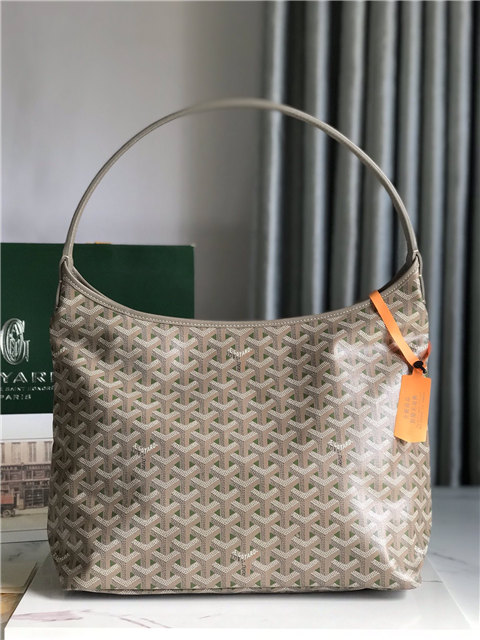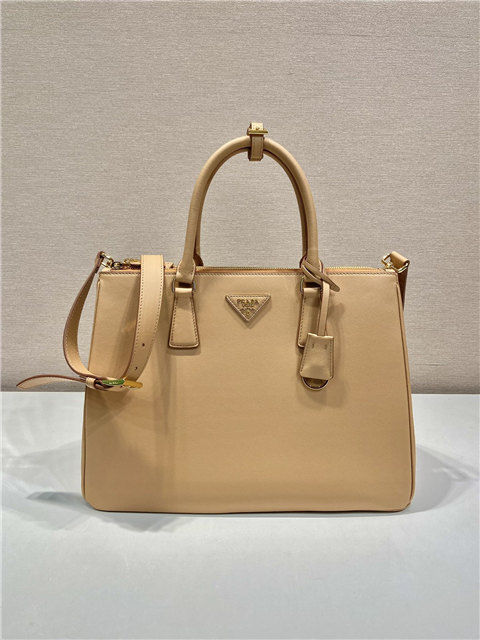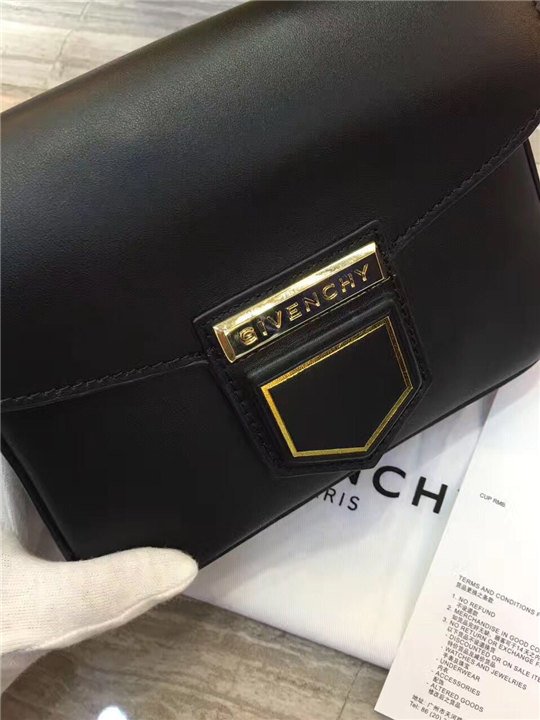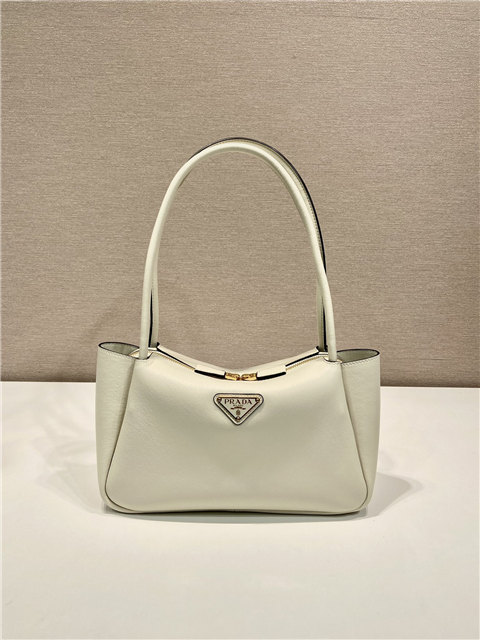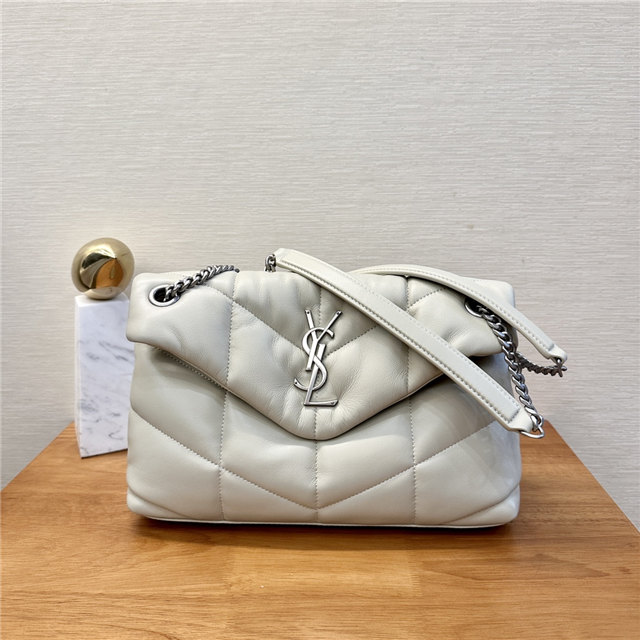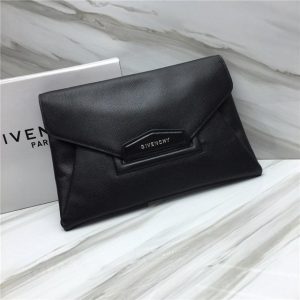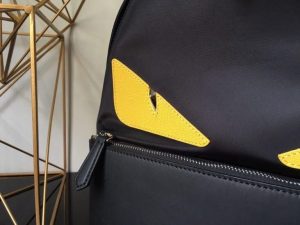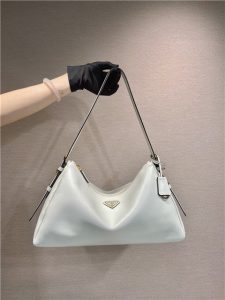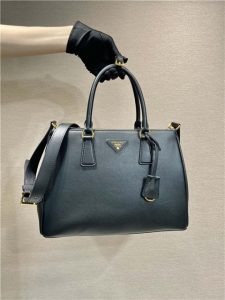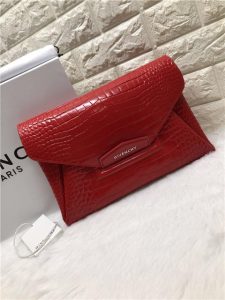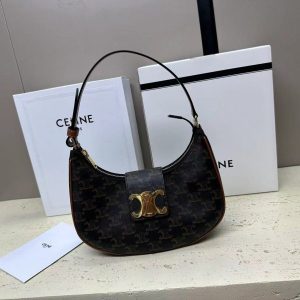First things first, the overall impression. Does it just *feel* cheap? ‘Cause that’s often a big clue right there. You know, like when you buy a “designer” bag off the street and the stitching is wonky and the material feels like, well, plastic bag? Same kinda vibe. Real Tissots are Swiss-made, and Swiss-made usually means quality – a solid feel, decent weight, and nothing that screams “dollar store.”
Now, get your magnifying glass out (or your reading glasses, I’m not judging!). Pay close attention to the details, especially the logo. Is the “Tissot” crisp and clean? Are the letters evenly spaced? Fakers often screw this up, and it can be kinda obvious if you look close enough. Think of it like spotting a bad tattoo – sometimes it’s just…off. Also, look for the “Swiss Made” mark, usually at the bottom of the dial. Make sure it’s legit and not some weird, janky font.
And speaking of details, check the engravings. Are they clean and precise? A real Tissot will have sharp, clear engravings. A fake might have blurry, uneven, or just plain wrong markings. It’s like the difference between a professionally printed document and something you printed at home with a dying ink cartridge. You get me?
Oh, and the movement! This is where things get a little more technical, and honestly, unless you’re a watchmaker, it’s tough to tell just by looking. But a real Tissot usually has a smooth, sweeping second hand. A fake might tick more noticeably, or even have a weird, jerky movement. If you can, try to listen closely. A real Swiss movement is usually pretty quiet. A fake can sound like a tiny lawnmower. Just kidding (mostly).
Don’t forget the packaging! A real Tissot comes in a nice box with all the proper documentation – warranty card, instruction manual, etc. A fake might come in a generic box, or the documentation might be missing entirely, or even worse, the paper quality feels like it came from a 1980s fax machine. Red flags, people!
Here’s a tip I learned the hard way: Serial numbers. Every real Tissot has a unique serial number. Now, fakers sometimes try to copy these, but they often mess it up. Do some research online for the specific model you’re looking at and see if you can find where the serial number should be located. If it’s not there, or if it looks suspicious, steer clear.
Honestly, sometimes it’s just a gut feeling. If the price seems too good to be true, it probably is. Buy from a reputable dealer, and if you’re buying online, do your homework. Read reviews, check the seller’s feedback, and don’t be afraid to ask questions.





